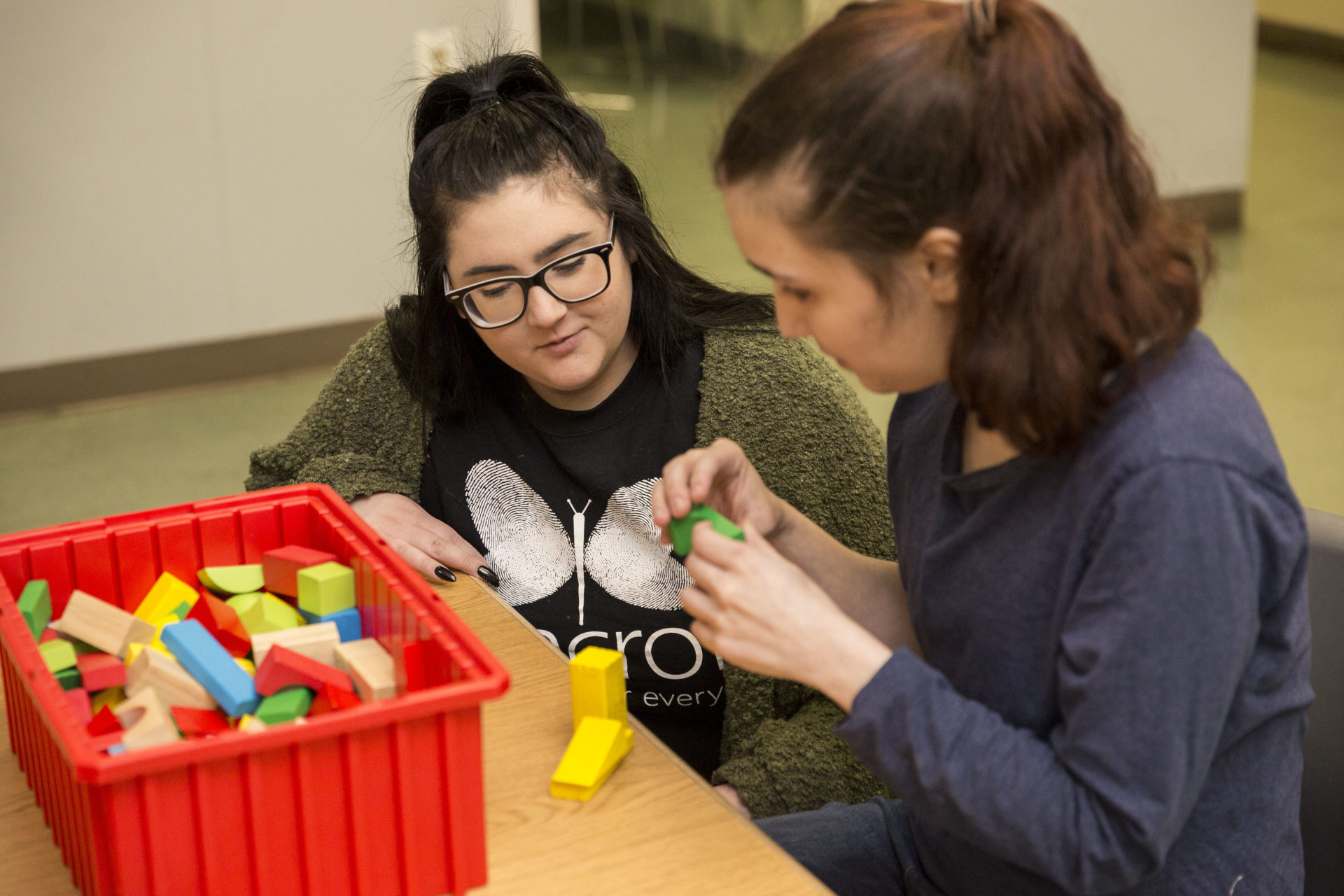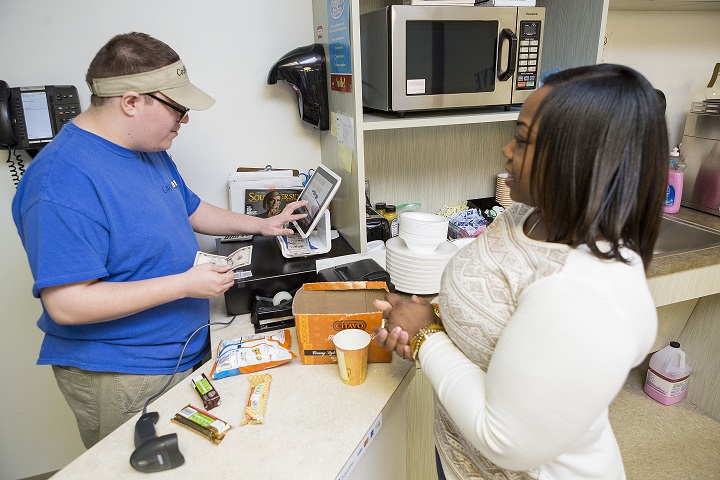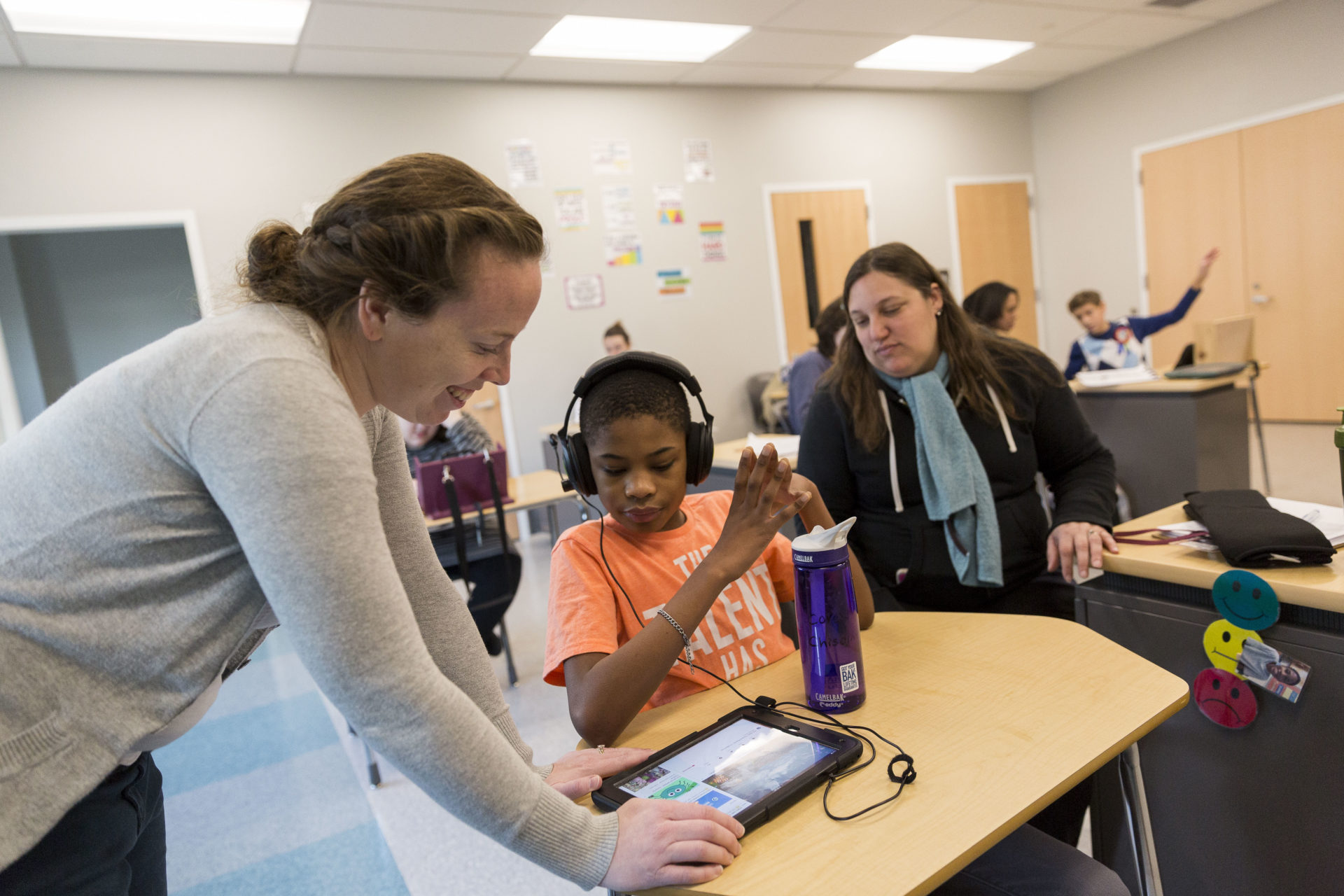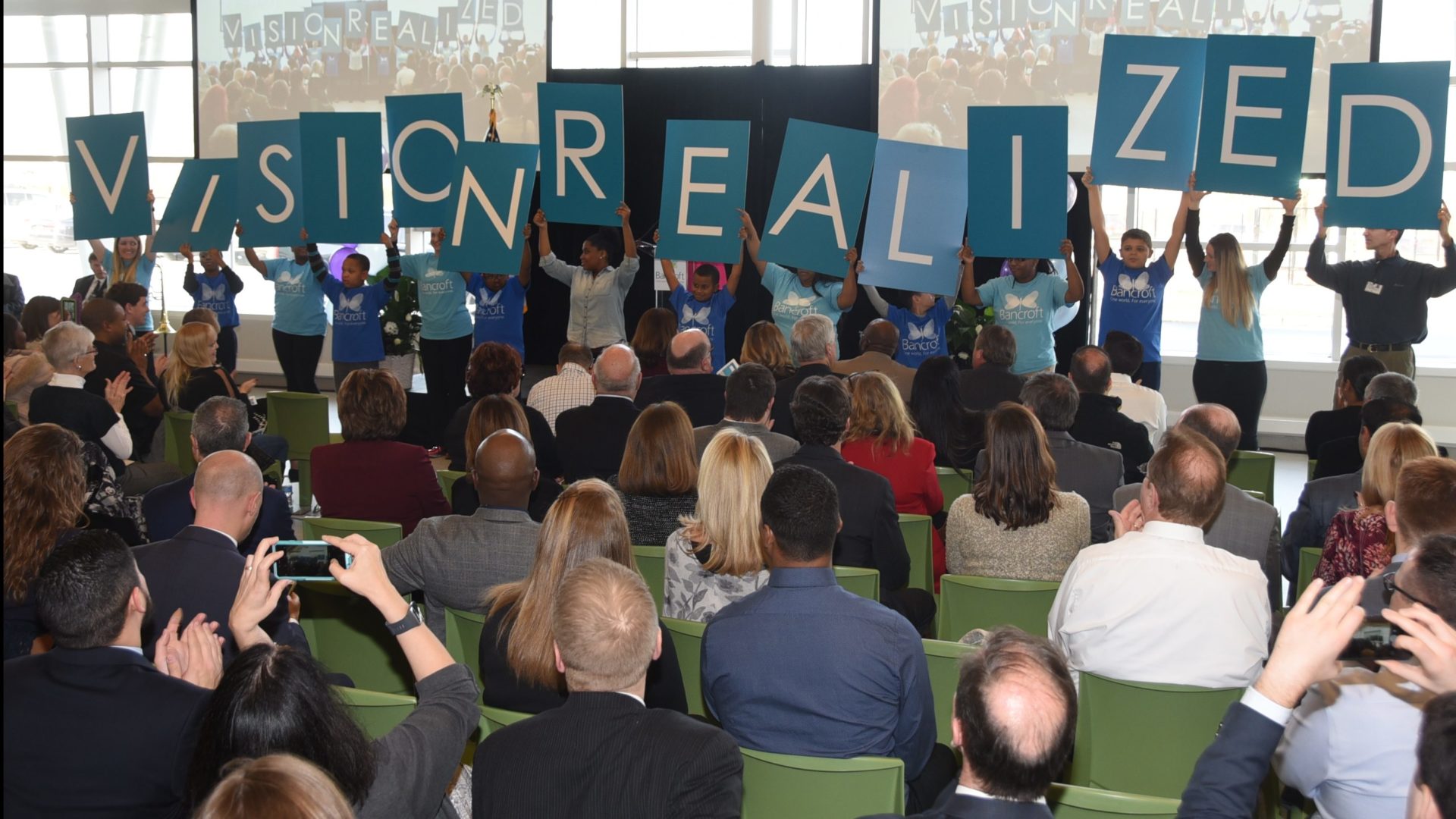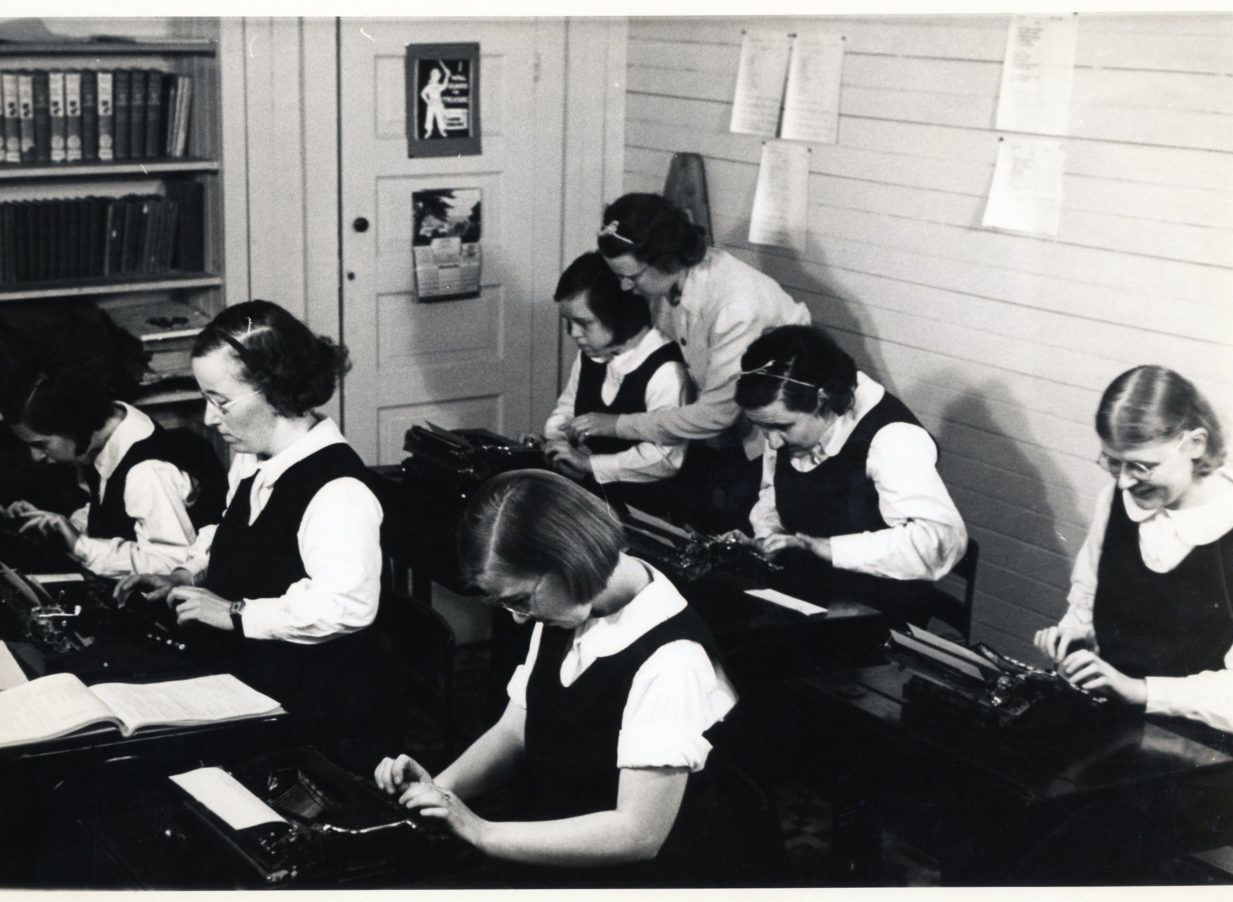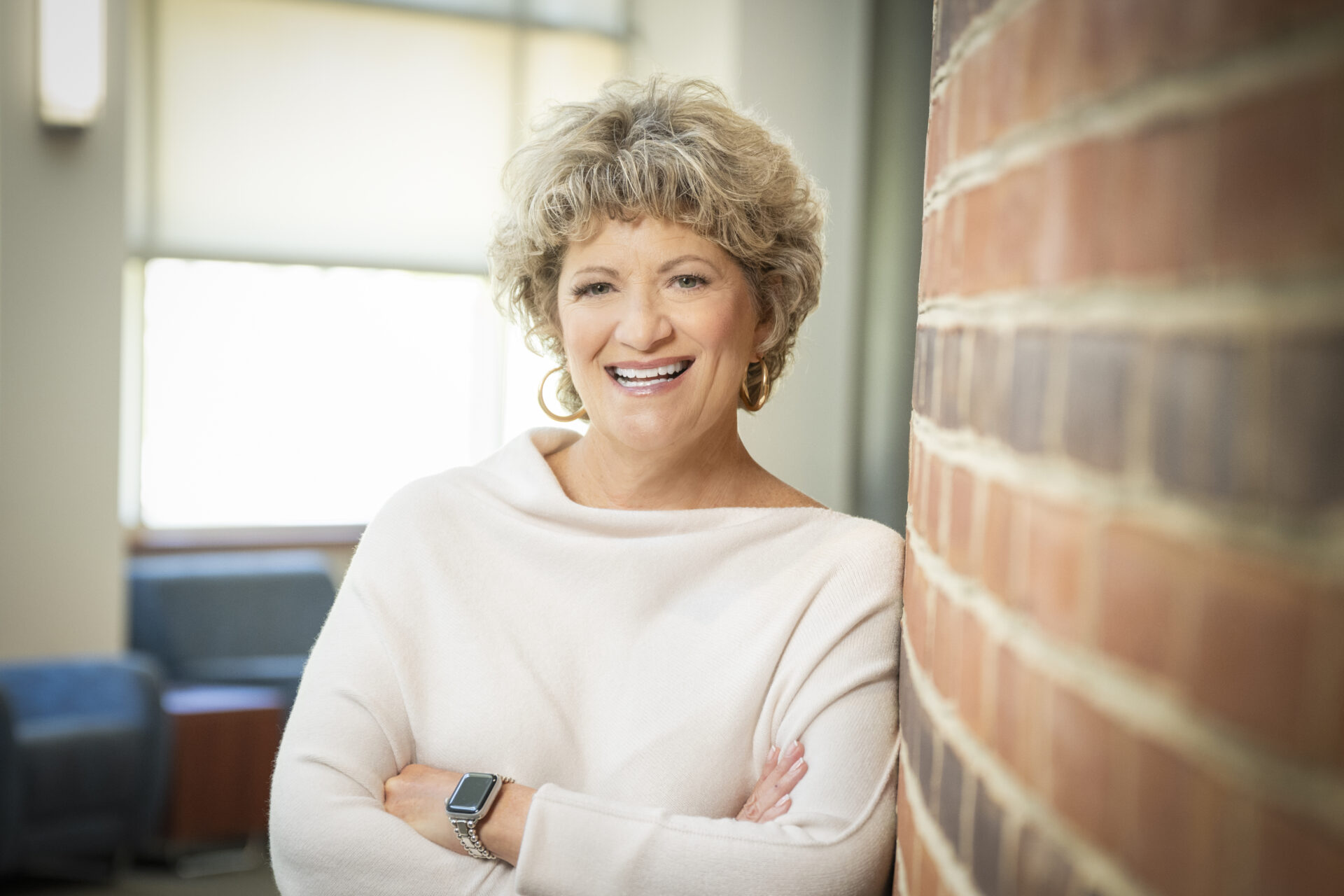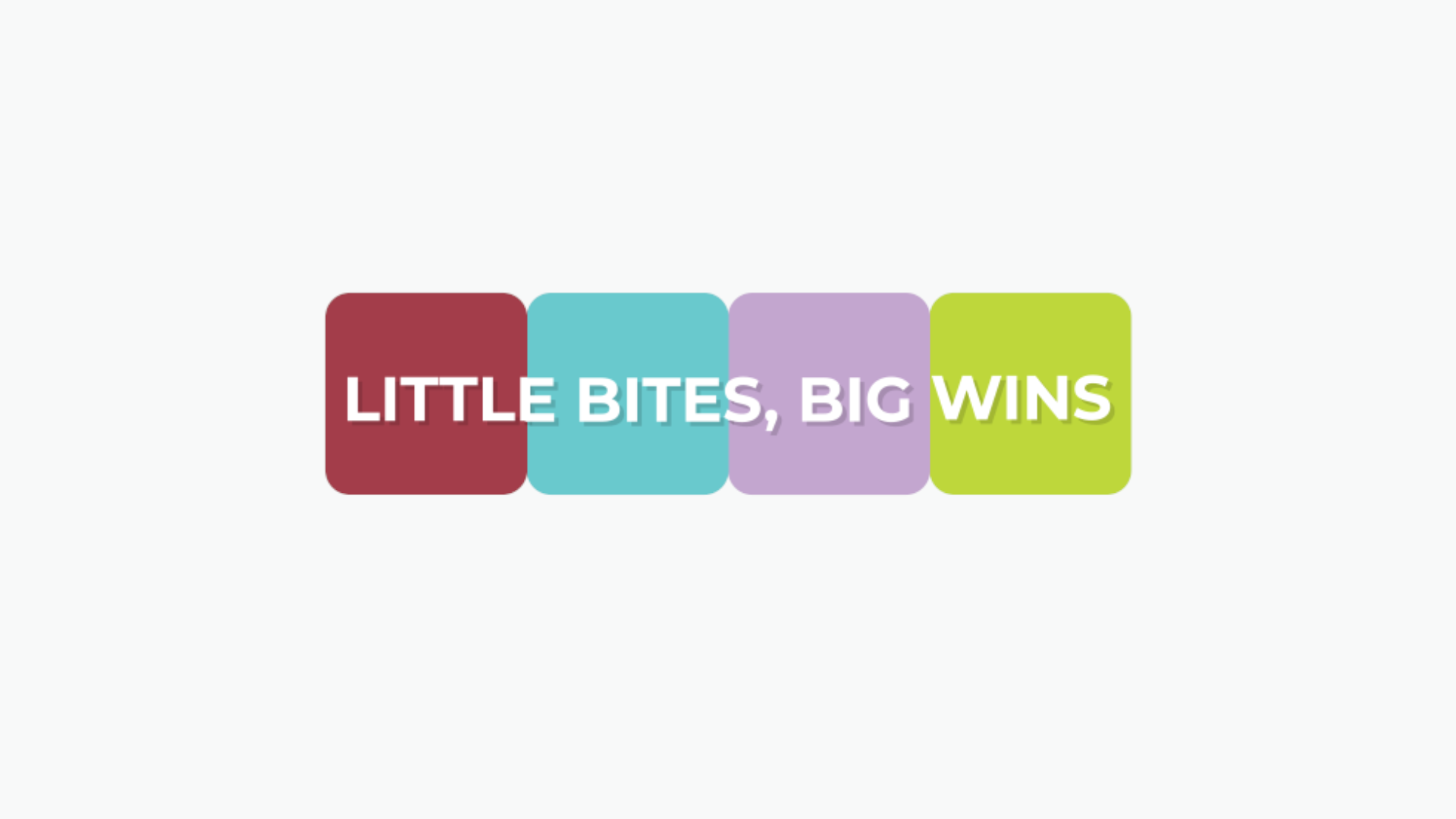By Misty Simmons-McCrosson, MSW, LSW, Director of Social Work, Children’s Services
Holidays like the 4th of July don’t have to be stressful for families of children with autism. With a little planning and a few simple adjustments, your child can feel more comfortable and even enjoy the excitement.
As the Director of Social Work for Bancorft’s Children’s Services, I often work with children with autism who experience sensory sensitivities that can make holidays feel overwhelming. If your child is sensitive to loud noises, bright lights, or large crowds, it doesn’t mean you have to miss out. With a little planning and some sensory-friendly strategies, your family can create positive, memorable experiences this summer.
Here are some practical tips to help your child with autism enjoy Fourth of July fireworks and celebrations.
1. Prepare your child in advance.
Talk about what to expect in the days and weeks before the celebration. Many autistic children feel more comfortable when they know what’s coming.
- Use visual schedules, social stories, or simple countdown calendars to mark the event.
- Watch videos of fireworks or parades together to introduce the sights and sounds in a safe, familiar space.
- Read books or create stories that explain the celebration and what your child might experience.
Planning ahead helps reduce anxiety and allows your child to process the event before it happens.
2. Choose a comfortable viewing spot.
Fireworks can be exciting, but also very loud. Watching from a distance can make a big difference for children with autism or noise sensitivity.
- Look for quieter, less crowded spaces, such as a nearby parking lot, a friend’s backyard, or even your car.
- Consider attending designated sensory-friendly Fourth of July events if they’re available in your area.
The further you are from the action, the more control you’ll have over the noise level and the sensory experience.
3. Bring comfort and safety items.
Pack a sensory toolkit with items that help your child feel secure and regulated.
- Noise-canceling headphones or earplugs.
- Sunglasses for bright lights.
- Favorite snacks, toys, or comfort objects.
- Weighted blankets or fidget toys.
These familiar items can offer reassurance and comfort throughout the event.
4. Give your child a job.
Pack a sensory toolkit with items that help your child feel secure and regulated.
- Noise-canceling headphones or earplugs.
- Sunglasses for bright lights.
- Favorite snacks, toys, or comfort objects.
- Weighted blankets or fidget toys.
These familiar items can offer reassurance and comfort throughout the event.
5. Practice makes progress.
Visit the celebration space ahead of time.
- Walk around the park or field where the fireworks will happen.
- Let your child get familiar with the surroundings when it’s quiet and calm.
Practicing can make the actual day feel less intimidating.
6. Have an exit strategy.
Sometimes, even with careful preparation, a child may become overwhelmed. That’s perfectly okay.
- Park close to the exit so you can leave quickly if needed.
- Identify a quiet space nearby where your child can take a break.
- Remind your child (and yourself) that stepping away is fine if things get too intense.
Having a backup plan can ease everyone’s mind.
Make the Holiday Your Own
Every child is unique, and you know your child best. What works for one family may look different for another, and that’s okay. With patience, flexibility, and thoughtful planning, you can create a Fourth of July celebration that works for your child’s needs and your family’s comfort level.
Lasting memories are often made in the small, joyful moments. Focus on what feels right for your child, and let that guide your celebration.
ABOUT THE EXPERT

Misty Simmons-McCrosson is a Senior Social Worker at the Bancroft School, supporting both education and residential programs. A Licensed Social Worker and New Jersey Certified School Social Worker, she has worked with individuals with developmental disabilities and their families since 2000. Misty has extensive experience in school-to-adult transitions and has presented on this topic at various agencies and conferences, including national and international Applied Behavior Analysis events.

